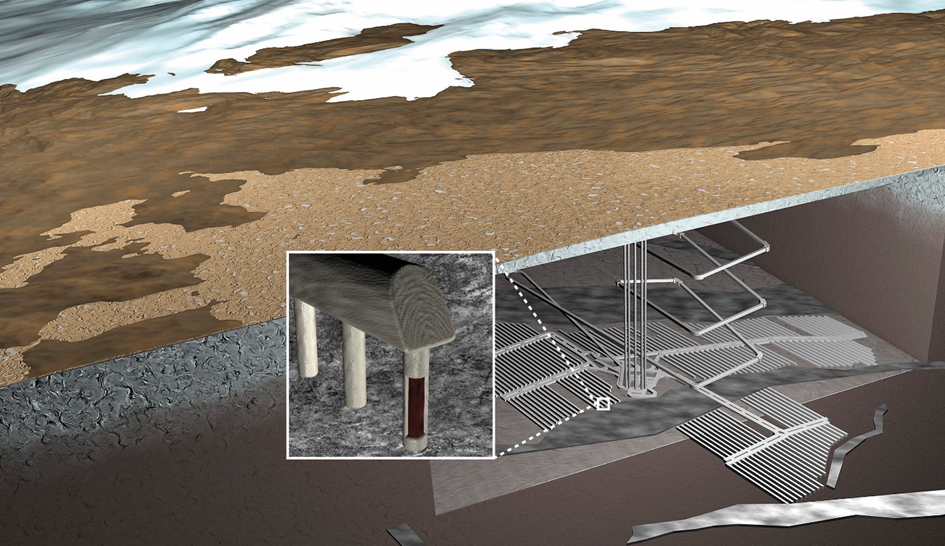New report about oxygen reduction field experiments in Finland
This could possibly challenge the long-term safety case and therefore its crucial to investigate the buffering capacity of bedrock as well as the hydrogeochemical- and microbial processes related to O2 reduction of meteoric water infiltration.
O2 reduction field experiments denoted Infiltration Experiment Phase 2 were carried out to mimic these infiltration processes and Micans investigated the microbial evolution during the experiment time.
The results showed that input of O2 into an anaerobic shallow groundwater system accelerated metabolic activity and growth of inherent microbial populations. Planktonic cells increased 50-fold in the pumped water and there was a vivid development of microorganisms on the solid material during the oxygenation period.
Hence, there was a very large potential for microbial oxygen reduction in the aquifer. Microbes will have a significant role in O2 reduction and microbial processes needed to be considered in the modelling of INEX2. The results are summarized in a report that can be downloaded here. Image shows the ONKALO access tunnel for the repository in Olkiluoto, Finland.

Schematic view over the planned repository. Photo: Posiva OY
